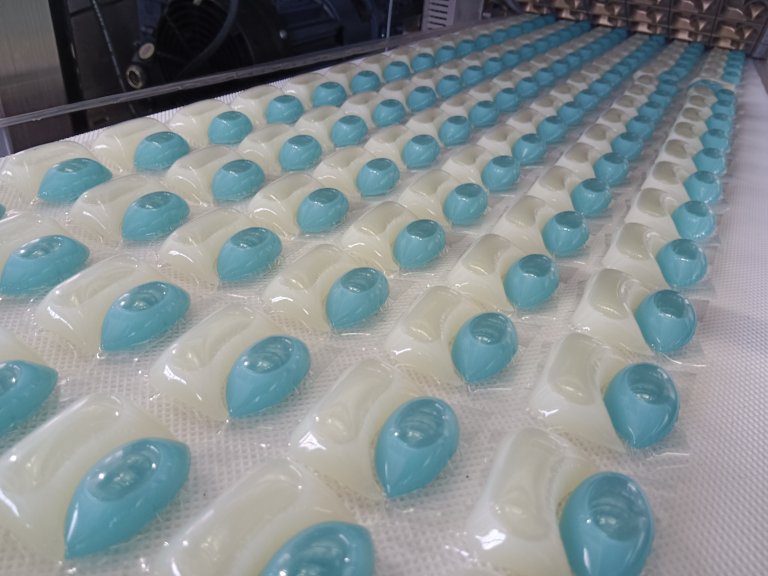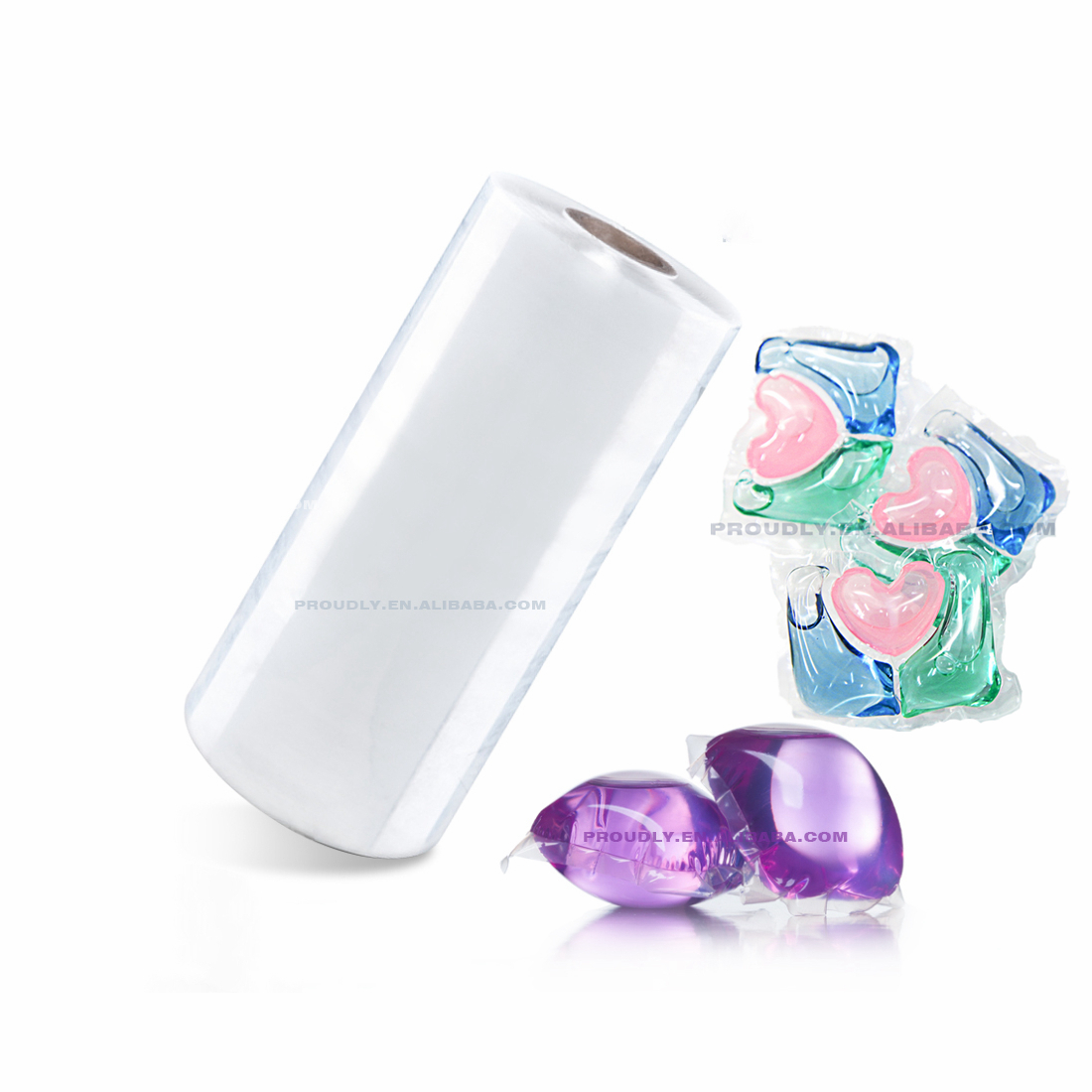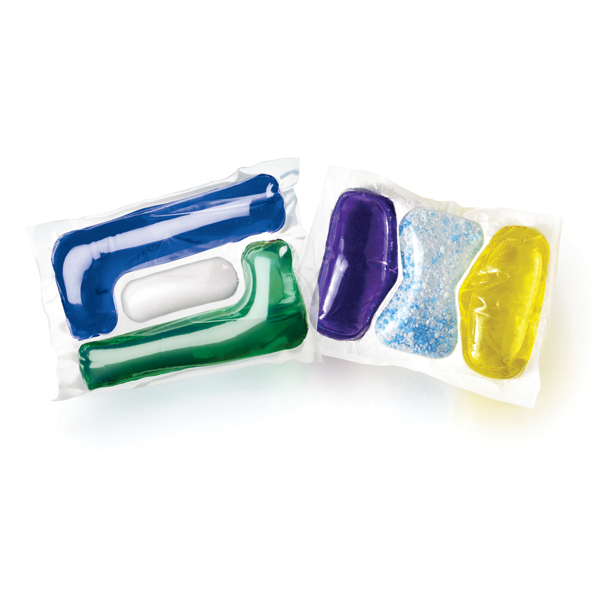- All
- Product Name
- Product Keyword
- Product Model
- Product Summary
- Product Description
- Multi Field Search
Views: 0 Author: Site Editor Publish Time: 2025-04-21 Origin: Site
Polyvinyl alcohol film, more commonly known as PVA film, has revolutionized various industries thanks to its water-soluble properties. Whether used in packaging detergents, agrochemicals, or even in the medical field, PVA film offers unique benefits like environmental friendliness, convenience, and efficiency.
But one of the most common questions people ask about this fascinating material is: How long does PVA film take to dissolve in different water temperatures?
In this article, we’ll explore the factors that influence the dissolving time of PVA film, compare its behavior in cold, warm, and hot water, and take a look at related uses such as Water Soluble Films and shrink film packaging. Finally, we’ll wrap up with a helpful FAQ section and a recommendation for a reliable brand in the industry: proudly.
PVA film (Polyvinyl Alcohol film) is a water-soluble film made from a synthetic polymer that dissolves completely in water under the right conditions. Unlike plastic materials that pollute land and water for decades, PVA dissolves and leaves behind no toxic residues. This makes it a sustainable and biodegradable option for various packaging needs.


Detergent pods
Agricultural chemical pouches
Medical applications (e.g., laundry bags in hospitals)
Embroidery backing in textiles
Packaging for dyes and cleaning agents
The time it takes for PVA film to dissolve depends on several variables, but water temperature is perhaps the most important one. Here's how it works:
PVA film will still dissolve in cold water, but very slowly. Depending on the thickness and formulation, it might take 5 to 10 minutes or more for the film to completely disappear. This is because cold water molecules have less energy and move more slowly, reducing their ability to break down the polymer chains in the film.
This is the ideal range for most commercial PVA films. At this temperature, the film usually dissolves within 1 to 3 minutes, depending on film thickness and agitation. This balance of speed and material integrity makes warm water the most efficient dissolving environment for general use.
In hot water, PVA film dissolves extremely quickly—often within 10 to 30 seconds. The increased thermal energy causes the film to lose its structure rapidly. While this is great for time efficiency, it might not always be practical or safe depending on the application.
| Water Temperature | Dissolution Time | Best Use Case |
|---|---|---|
| Cold (<20°C / 68°F) | 5–10+ minutes | Long shelf life products, delayed release |
| Warm (20–40°C) | 1–3 minutes | Laundry bags, detergent pods, agro-pouches |
| Hot (>40°C / 104°F) | 10–30 seconds | Quick-release applications, lab use |
Besides water temperature, the following factors also play a role:
Thicker PVA films take longer to dissolve. A 25-micron film will break down faster than a 50-micron film, regardless of temperature.
Stirring or movement increases the contact between water and film, speeding up the process. In stagnant water, the film takes longer to dissolve.
Hard water (with high mineral content) can slightly delay dissolution. Soft water allows for faster interaction with the film’s polymer chains.
Some PVA films are specially formulated for different applications. Cold-water-soluble films contain additives that facilitate quick breakdown even in low temperatures.


Water Soluble Films aren’t limited to PVA. Other materials like starch, gelatin, and carboxymethyl cellulose are sometimes used. However, PVA film stands out for its balance of strength, clarity, printability, and rapid dissolution.
| Film Type | Solubility | Clarity | Common Use |
|---|---|---|---|
| PVA Film | High | Excellent | Detergents, chemicals, textiles |
| Starch-Based Film | Medium | Opaque | Agricultural films, compost bags |
| Gelatin Film | High (hot water) | Transparent | Medical capsules, food packaging |
While shrink film packaging and PVA films serve different functions, they are occasionally discussed together due to their overlapping use in protective packaging.
Shrink film—usually made from polyethylene or PVC—shrinks tightly around products when heat is applied. It is not water-soluble, but it provides excellent tamper resistance and visual appeal.
PVA film, on the other hand, dissolves entirely when exposed to water. In specific industries like hospital laundry systems or toxic chemical packaging, this solubility is not just convenient—it's essential.
Both materials can be used together in layered packaging, depending on the protection and dissolving needs of the product.
In today’s world, eco-conscious packaging is no longer just an option—it’s a necessity. PVA film is a smart alternative to plastic for several reasons:
Biodegradable: Breaks down into harmless substances in water.
Non-toxic: Safe for human contact and environmental disposal.
No Microplastics: Leaves no harmful particles behind after dissolving.
This makes PVA films an ideal candidate for brands looking to improve their sustainability credentials.
At room temperature (about 25°C or 77°F), PVA film typically dissolves within 1 to 3 minutes. Agitation and film thickness can affect this time.
Yes, but slowly. It may take 5 to 10 minutes or longer, especially if the water is below 15°C.
Absolutely. PVA is biodegradable and does not leave behind harmful microplastics, making it an environmentally friendly choice.
Yes, but you must ensure that the film is food-grade or medical-grade certified. Not all PVA films are suitable for these applications.
PVA film dissolves in water, while shrink film tightens around objects when heat is applied. They serve different packaging needs.
PVA is sensitive to moisture and should be stored in dry, climate-controlled environments. Some variants come with a humidity-resistant coating.


PVA film is more than just a water-soluble material—it’s a smart, sustainable packaging solution that offers versatility, environmental benefits, and performance across multiple industries. Whether you’re looking to streamline your product’s packaging process or reduce your ecological footprint, PVA film provides a practical and eco-friendly alternative.
When it comes to knowing how long PVA film takes to dissolve, the key takeaway is that water temperature is the most critical factor:
Cold water: Slow (5–10+ minutes)
Warm water: Moderate (1–3 minutes)
Hot water: Fast (10–30 seconds)
And remember, not all PVA films are created equal. Choosing the right formulation and supplier is crucial to getting the performance you need.
For businesses looking to integrate PVA film, Water Soluble Films, or explore alternatives to shrink film packaging, we highly recommend working with the trusted experts at proudly.
Proudly offers a full range of water-soluble film solutions with consistent quality, responsive customer service, and eco-conscious product lines.
Email: proudly@proudly.com.cn
Phone: +86-13802609114
Whether you're in packaging, manufacturing, or product development, proudly is the name to know when it comes to high-performance, environmentally responsible film products.
Choose wisely. Choose proudly.
Let us know if you’d like a customized solution for your product packaging.